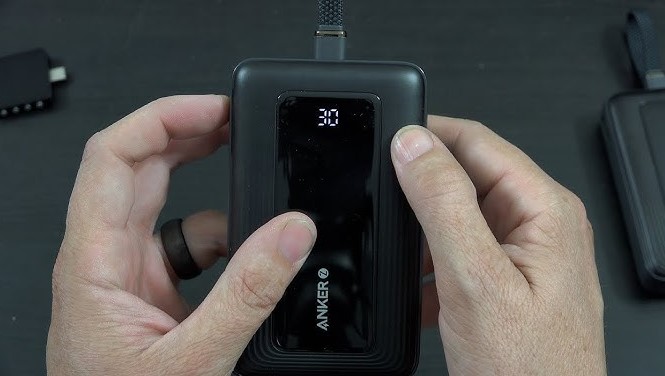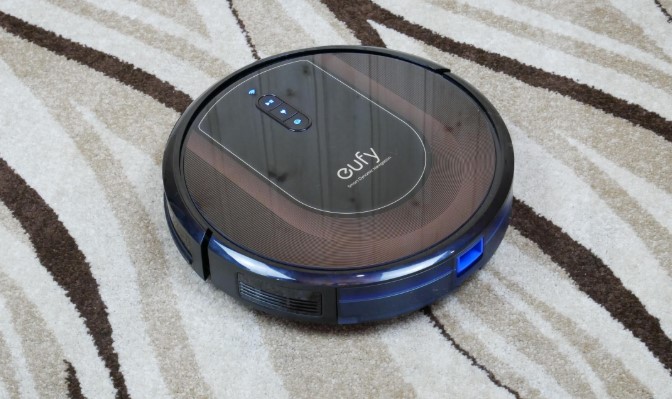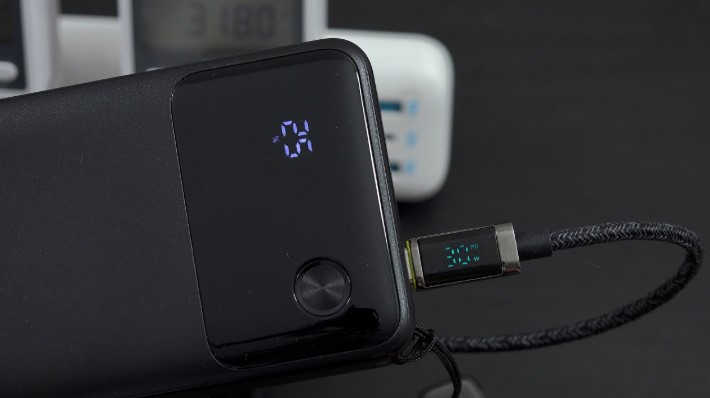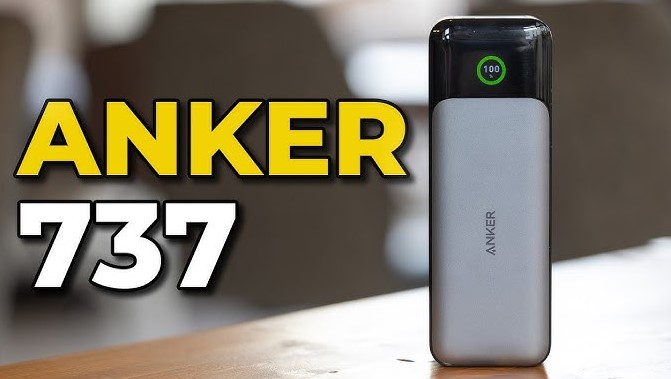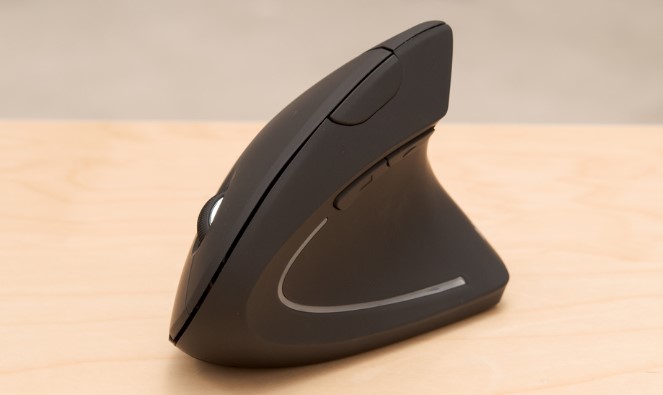How Much Does the Anker Solix X1 Weigh in Pounds?
The Anker Solix X1 is a powerful home energy storage system designed for reliability and performance. Its weight plays a big role in setup, mobility, and installation.
Many buyers want to know the exact weight in pounds before making a purchase, especially those comparing it with other solar battery systems.
The Solix X1 combines strong build quality with sleek design, offering a balance of durability and efficiency. Understanding its weight helps homeowners plan space, mounting options, and portability needs.
This guide shares the precise weight of the Anker Solix X1 in pounds and explains why it matters for real-world use. You’ll also learn how its design and internal components influence its overall size and heaviness.
Get clear insight into what to expect before installing or moving the Anker Solix X1, so you can prepare the right setup for your solar power system.
How Much Does the Anker Solix X1 Weigh in Pounds?
The Anker Solix X1 is one of the newest solar power stations made for both home backup and outdoor power use. It delivers strong performance, long battery life, and advanced technology inside a solid frame.
But before buying, most people ask a basic question — how much does it actually weigh?
Weight is important for portable power systems. It affects how easy they are to move, install, and use daily. Let’s explore in detail the real weight of the Anker Solix X1, why it matters, and how it compares to similar models.
Exact Weight of the Anker Solix X1
The Anker Solix X1 main power station weighs about 66 pounds (30 kilograms).
This is the base unit, which includes:
-
The main LFP (LiFePO4) battery
-
The built-in inverter
-
The LCD screen and ports
-
The cooling system
If you add expansion batteries, the total weight increases. Each extra battery weighs around 55 pounds (25 kilograms).
For example:
-
1 expansion battery setup → about 121 pounds (55 kg)
-
2 expansion batteries setup → about 176 pounds (80 kg)
So the final total depends on how many extra batteries you use. The modular design allows users to add or remove batteries based on power needs, which also changes the weight.
Why Weight Matters for the Solix X1?
Weight plays a big role in how people use power stations. It affects everything from movement to setup to long-term storage. Here’s why understanding the weight of the Anker Solix X1 helps before buying.
1. Portability and Movement
At 66 pounds, the Solix X1 is portable but not “lightweight.” It can be carried by one strong person, but most users prefer to move it with two people for safety. The side handles make lifting easier, and the weight gives it stability while sitting on the floor.
For people who travel with RVs, campers, or boats, the Solix X1 can be stored easily, but frequent lifting can be tiring. Using a rolling cart or small dolly helps move it without strain.
2. Setup and Storage
The power station’s weight means it’s built to stay steady while running heavy loads. You should place it on a flat, solid surface. A wooden or metal floor is ideal.
Avoid putting it on soft or uneven areas, since that can affect airflow and balance. Many users set up a small corner or shelf in their home or garage for their power system.
3. Stability and Durability
The Anker Solix X1 feels heavy because it’s made with solid materials not cheap plastic. The tough frame protects the internal battery and electronics from bumps or temperature changes. This gives the unit more strength and longer life.
What Makes the Solix X1 Heavier Than Others?
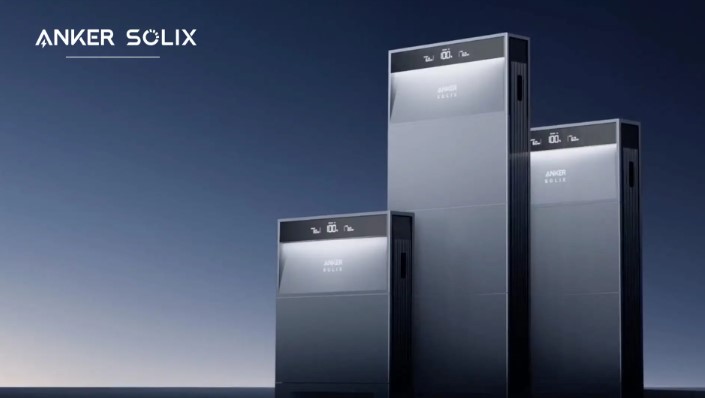
Several design choices add to the total weight of the Solix X1. But these are not bad things each one serves a purpose.
1. LFP Battery Technology
The Solix X1 uses LiFePO4 (LFP) batteries instead of regular lithium-ion.
LFP batteries are safer, last longer (up to 3,000+ cycles), and handle heat better. But they weigh more. So while this increases the weight, it also improves reliability and lifespan.
2. All-in-One Design
Unlike small power boxes, the Solix X1 includes the inverter, controller, and display screen inside the main unit. This makes setup simple but adds some extra pounds.
3. Heavy-Duty Build
The strong aluminum and ABS body shell keeps the parts protected. The dense build adds weight but prevents damage during movement and keeps noise low during cooling.
4. Cooling and Fan Systems
The Solix X1 uses advanced cooling fans to prevent overheating. The added structure and vents also make the system heavier, but safer for long runs.
Anker Solix X1 Weight Compared to Other Models
Here’s how the Solix X1 compares with other well-known power stations.
| Model | Weight (lbs) | Capacity (W) | Battery Type | Portability |
|---|---|---|---|---|
| Anker Solix X1 | 66 lbs | 1800–3200W | LiFePO4 | Moderate |
| EcoFlow Delta Pro | 99 lbs | 3600W | LiFePO4 | Heavy |
| Jackery Explorer 2000 Plus | 61.5 lbs | 2042W | LiFePO4 | Easy |
| Bluetti AC200P | 60.6 lbs | 2000W | LiFePO4 | Moderate |
| Zendure SuperBase V6400 | 130 lbs | 4600W | Semi-Solid | Very Heavy |
From this table, the Solix X1 sits in the middle range. It’s lighter than the EcoFlow Delta Pro but slightly heavier than Bluetti or Jackery. This middle weight gives a balance between power and mobility.
Handling and Transport Tips
Even though the Solix X1 is heavy, you can still manage it safely with some care.
Safe Movement Tips
-
Use two people to lift or carry the unit.
-
Hold both side handles firmly.
-
Avoid bending your back; lift with your knees.
-
Use a small trolley or cart for long-distance movement.
-
Store expansion batteries close to the main unit to avoid frequent movement.
Ideal Storage Tips
-
Keep the unit in a cool, dry place.
-
Make sure air vents are open for cooling.
-
Do not store it in direct sunlight for long periods.
-
Keep it away from dust and water sources.
Does the Weight Affect Performance?
The weight does not reduce performance. It actually supports better performance by improving stability, safety, and heat management.
Heavier systems like the Solix X1 are usually built for high-power tasks such as:
-
Running home appliances
-
Powering refrigerators and AC units
-
Supporting solar panels and RV systems
-
Serving as an emergency power source during outages
The solid design and LFP battery make it ideal for these tasks. So while it’s not ultra-light, the added weight gives peace of mind and stronger performance.
Why the Weight Is a Smart Trade-Off?
For serious users, a 66-pound power station is not too heavy. It’s a good balance between energy storage, battery safety, and build quality.
Lightweight units are easier to carry but offer smaller batteries and shorter life. Heavier ones like the Solix X1 can run big appliances longer without breaking down. It’s not a travel gadget it’s a reliable backup system for power security.
FAQs
1. How much does the Anker Solix X1 weigh in pounds?
It weighs around 66 pounds (30 kilograms) without extra batteries.
2. How heavy is the full setup with expansion batteries?
With one extra battery, the total weight becomes 121 pounds. Two batteries reach about 176 pounds.
3. Is the Solix X1 easy to move?
It can be moved by two people easily. For one person, it’s a bit heavy but manageable with a cart.
4. Why is it heavier than some other brands?
The use of LFP batteries, metal frame, and built-in inverter make it more durable but heavier.
5. Does the weight improve stability?
Yes. The heavier base prevents shaking, vibration, or accidental movement while running large devices.
Conclusion
The Anker Solix X1 weighs 66 pounds, offering a perfect mix of power, safety, and stability. The weight shows that it’s built with high-quality materials and long-lasting LFP batteries.
It’s not the lightest, but it gives dependable performance for home and RV users who need serious backup power. For most people, this balance between power and portability makes the Solix X1 a practical choice that’s easy to trust for many years.


